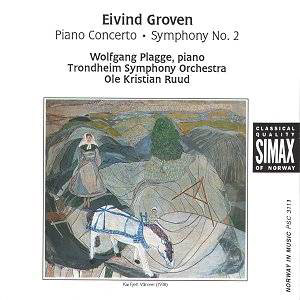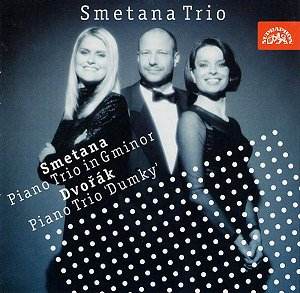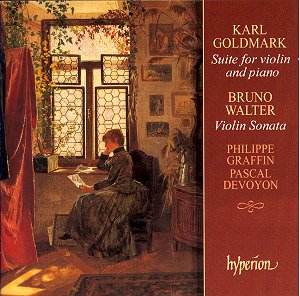 Composer: Eivind Groven
Composer: Eivind Groven
Works: Piano Concerto (1947-1949), Symphony No. 2 (1939-1945)
Performers: Wolfgang Plagge, piano; Trondheim Symphony Orchestra; Ole Kristian Ruud, conductor
Recording: Olavshallen, Trondheim, August 1991/April 1992
Label: SIMAX – NORWAY IN MUSIC – PSC 3111
Eivind Groven, a figure whose name may not resonate widely outside Norway, emerges as a compelling voice in the landscape of 20th-century orchestral music. Born in 1901 in Lårdal, he was deeply influenced by the rich folk traditions of western Telemark, an aspect that permeates his work. This recording presents two significant pieces from Groven’s oeuvre: the Piano Concerto and Symphony No. 2, both of which reflect a nationalistic fervor akin to that of his contemporaries, yet with a distinctively personal touch that merits closer examination.
The Piano Concerto, composed between 1947 and 1949, is notable for its non-virtuosic approach to the piano, which Wolfgang Plagge interprets with a blend of rhythmic vigor and lyrical sensitivity. The composer’s use of folk motifs is striking; for instance, the movement’s thematic material often hints at the simplicity and directness found in traditional Norwegian melodies. Plagge’s percussive touch in the first movement recalls Bartók’s own piano concertos, yet Groven’s language retains a singular charm. The second movement, Andante, stands out for its almost hymn-like quality, where the subtle orchestration allows the piano to sing, echoing the reflective moments akin to Nielsen’s more subdued works. The final movement bursts forth with an infectious joie de vivre that invites listeners to revel in its exuberance, aptly reflecting Groven’s intention to evoke the spirit of the Norwegian landscape.
Turning to Symphony No. 2, subtitled “The Midnight Hour,” composed during the dark years of 1939 to 1945, one finds a work that oscillates between the somber and the spirited. The opening Allegro moderato is imbued with a kinship to Grieg’s Symphonic Dances, while also resonating with the lighter textures that Tubin often employed. Ruud and the Trondheim Symphony Orchestra deliver a performance that, while lacking the polish of larger ensembles, captures the essence of Groven’s intent. The second movement, with its hymn-like qualities, provides a reflective counterpoint to the lively finale, which dances forth with an unmistakable Nordic folk energy, a testament to Groven’s roots.
The recording quality is commendable, with a clear balance that presents both the orchestra and piano in a vibrant soundscape. The engineering captures the nuances of Groven’s orchestration, allowing the listener to appreciate the interplay between the soloist and ensemble. While Trondheim Symphony may not be regarded as one of the preeminent orchestras, their performance here does justice to the music, showcasing a commitment to clarity and emotional depth.
This disc not only introduces Groven’s music to a broader audience but also contextualizes his contributions within the fabric of Norwegian national music. The informative booklet notes enhance the experience, contextualizing Groven’s work alongside that of other Norwegian composers, thus affirming his pivotal role in shaping the country’s musical identity. The juxtaposition of folk dance elements with classical forms provides a rich tapestry that both challenges and delights.
The recording is a significant entry point for those seeking to explore the lesser-known corners of Scandinavian music. Groven’s unique voice, characterized by its integration of folk elements into the classical idiom, deserves wider recognition. This release stands as a testament to his artistry and offers a captivating listening experience that resonates deeply with the cultural heritage of Norway.



